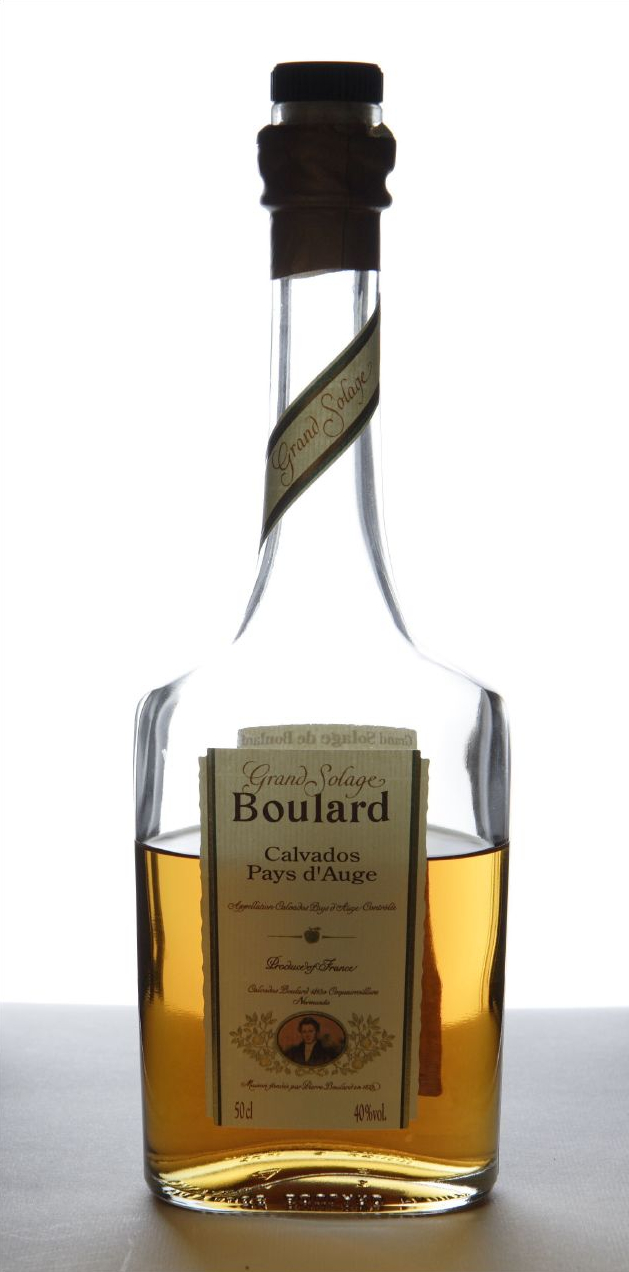Apple brandy
Enlarge text Shrink text
Information for Authority record
Other Identifiers
Wikidata:
Q3268
Library of congress:
sh 93003763
Sources of Information
- Work cat.: 92-166335: Dubos, R. Pommiers, pommes, cidre et calvados, 1990.
- Random House(also applejack)
- Web. 3(also applejack)
- Lipinski. Complete beverage dictionary.
1 / 7
Wikipedia description:
Calvados (UK: , US: , French: [kalvados] ) is a brandy from Normandy in France, made from apples and/or pears.
Read more on Wikipedia >
 Topic
Topic








